
Biology major studies spinal muscular atrophy in search for a cure
On an educational path to become a physician, Andrew Armile ’24 wanted to learn more about spinal muscular atrophy, a genetic disorder that causes […]
Students who major in biology at Wooster benefit from small class sizes, extensive lab facilities, and faculty who work closely with undergraduates to help them pursue specialty interests. As a result, many graduates in biology enter the fields of medicine, veterinary medicine, environmental law, exercise physiology, fisheries management, public health and academia. About half the graduates of the program go on to graduate or professional schools, with a great track record of acceptance into top research universities in the United States. Wooster ranks among the top 50 U.S. institutions where women doctorate recipients in the biological and life sciences earn bachelor’s degrees, according to a 2019 report published by the Council of Independent Colleges and based on data from the National Center for Education Statistics and National Science Foundation. Wooster’s partnerships with hospitals, universities and cultural institutions give students a vibrant network and access to internships and jobs after graduation.
Faculty members in biology are focused on undergraduate teaching and research, and student are encouraged early on to make connections and build on their skills in experimental design and hypothesis testing. The Ruth W. Williams Hall of Life Science offers students updated research laboratories and includes a vivarium for animal studies and a greenhouse. The Fern Valley Field Station is a dedicated field research site available to biology students. All students at The College of Wooster complete independent study under the guidance of a faculty member, culminating in a thesis delivered in the spring semester of their senior year.

Visiting Assistant Professor of Biology/ Life Science Instruction Specialist

Associate Professor of Biology, Department Co-Chair (On leave for Spring 2024)

Administrative Coordinator - Biology, Environmental Studies, Neuroscience
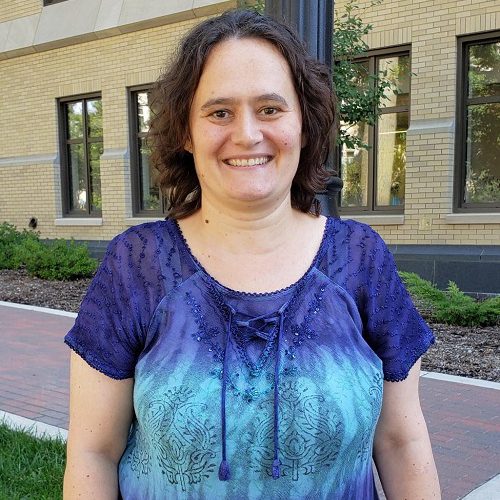
Whitmore-Williams Associate Professor and Program Chair of Biochemistry and Molecular Biology

Instrument and Lab Tech/Machinist - Biology, Chemistry, Earth Sciences, Physics
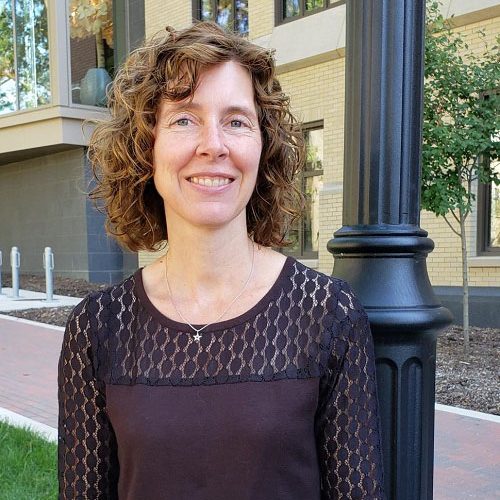
Associate Professor of Biology; Biochemistry and Molecular Biology

On an educational path to become a physician, Andrew Armile ’24 wanted to learn more about spinal muscular atrophy, a genetic disorder that causes […]
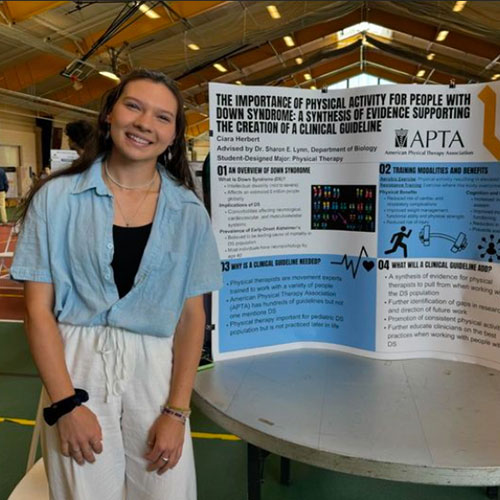


Ciara Herbert ’24, a student-designed major in physical therapy at The College of Wooster, used her Independent Study to make a case that people […]



In 2018, 12 years after a century-old industrial site closed, the city of Rittman decided to turn it into the William J. Robertson Nature […]
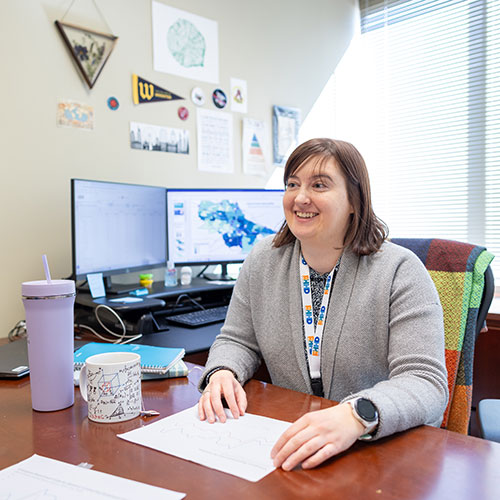


A seventh-grade project to identify a disease and how it was spreading in the population sparked an interest in epidemiology and public health for […]
Through its curriculum, the Biology Department seeks to develop students who:
Biology majors take 14 courses related to their major, as well as foundational courses in the liberal arts and electives. A sample of the course sequence for biology majors over four years:
To earn a minor in biology, students complete six courses, including:
The study of biology at Wooster culminates with three courses of Independent Study. Each student works one-on-one with a faculty member to develop a proposal, complete a yearlong research project, and write a thesis based on the results.
In these individualized research experiences, students develop the capacity for self-education, problem solving, and effective communication. Students commonly conduct their Independent Study research on campus, but many have worked off campus in conjunction with the Ohio Agricultural Research and Development Center, the National Institutes of Health and Mental Health, Cleveland Clinic, or in a variety of NSF-sponsored Undergraduate Research Experiences across the country.
Biology I.S. projects cover a wide range of topics, including the effects of air pollution on lichen populations, the role of the protein neurontin-1 in mediating hyperexcitation of cultured nerve cells, and the elucidation of gene function using RNA interference.
Wooster undergraduates have published their research in such journals as Evolution, Journal of Eukaryotic Microbiology, Physiological and Biochemical Zoology, Comparative Biochemistry and Physiology, The Journal of Avian Biology, and the Journal of Neurology, and regularly present their results at professional meetings such as the Society for Integrative and Comparative Biology, the Ecological Society of America, the Endocrine Society, and the Society for Neuroscience, or at workshops and symposia.
| Student | Year | I.S. Title | Major 1 | Major 2 | Advisor |
|---|---|---|---|---|---|
| Please search to view results | |||||
On an educational path to become a physician, Andrew Armile ’24 wanted to learn more about spinal muscular atrophy, a genetic disorder that causes […]
Ciara Herbert ’24, a student-designed major in physical therapy at The College of Wooster, used her Independent Study to make a case that people […]
In 2018, 12 years after a century-old industrial site closed, the city of Rittman decided to turn it into the William J. Robertson Nature […]
For 120 years, researchers have studied dinosaur skeletons in the Hell Creek Formation, an iconic Late Cretaceous formation that spans throughout Montana, Wyoming, and […]
Wooster graduates with degrees in biology have chosen careers in a broad range of fields, from medicine, biological research, veterinary medicine, environmental law, exercise physiology, and cytotechnology, to art illustration, teaching, wildlife and fisheries management, evolutionary biology, and public health.
A seventh-grade project to identify a disease and how it was spreading in the population sparked an interest in epidemiology and public health for […]
Jason Rosch ’01 initially chose The College of Wooster for its small class sizes, engaged faculty, and tight-knit community, as well as the emphasis […]
Vedica Jha ’18 credits Wooster’s support system for preparing her to create talent-finding platform, ProMytheUs
Chelsea Barnes ’07 strikes the balance between working with her community to promote solar energy and creating environmental policy
The Biology Department sponsors a bi-annual lecture in honor of Dr. Ralph Schreiber. Dr. Schreiber was a graduate of the College of Wooster, noted for his work on seabirds, including pelicans. His parents, the late Clare Adel and William Schreiber, were long term residents of and contributors to the Wooster Community and endowed this lecture in Ralph’s memory.
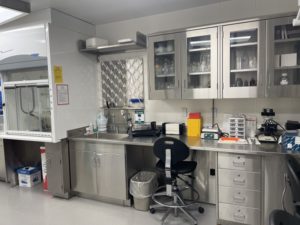

Research facilities and equipment available to biology majors include advanced microscopy, aquatics, vertebrate animal facilities for birds and rodents, and a vertebrate animal facility for fish.


Ruth W. Williams Hall has an Aquaneering Zebrafish Housing system which consists of a seven-shelf double-sided rack that allows for a flexible arrangement of tanks from 1.4 to 9.5 liters in size. All tanks are maintained on a self-contained water filtration system that controls water pH, conductivity, and temperature. Water parameters in the aquatic facility can be controlled remotely through mobile monitoring. The aquatic facility can support research in a variety of disciplines, including genomics, developmental biology, animal behavior, and organismal physiology, among others.


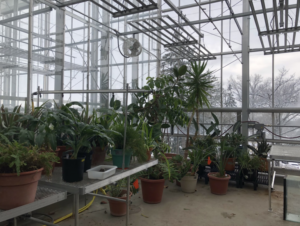

The greenhouse has three separate climate-controlled chambers, a plant potting area, and storage space. Each greenhouse chamber has moveable benches, an irrigation system, a heating and cooling system, and supplemental lighting.
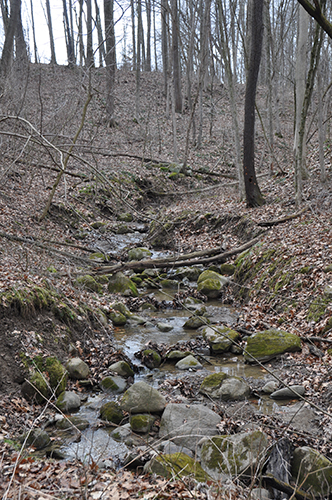

The Fern Valley Field Station is the College of Wooster’s outdoor facility to encourage scientific research, environmental education, and nature study. Graciously donated to the College by Betty and David Wilkin in 2012, Fern Valley is a 56 acre tract of wooded land in northern Holmes Co., Ohio and has already hosted visits from hundreds of students, faculty and researchers. Classes from the Biology and Geology Departments at the College frequently visit the site for field experience.
The property is located in a primarily agricultural landscape and one with many Amish neighbors. One of the primary features of the property is a second-order stream and several smaller streams that feed into it. The hilltops, valleys and ravines associated with these streams provide much of the topography associated with the property.
The forest is older second growth with an unusually high number of Ohio Buckeyes (Aesculus glabra). Other common trees include: Black Cherry (Prunus serotina), American Beech (Fagus grandifolia) and Sycamore (Platanus occidentalis).
Ongoing long-term research from faculty in the Biology and Earth Sciences Departments at the College of Wooster include general biodiversity surveys, studies of salamander ecology, invasive plant impacts, and the effects of deer browsing.
The short access road leads to a small parking area. Nearby is a small cabin (constructed in 2015) that can be used for research or educational purposes. Basic field equipment and facilities for collecting and processing samples are available on site. Long-term data on climate at the Station and water flow in the streams are regularly collected. A list of known woody plants and vertebrate species from Fern Valley is also regularly updated. A number of established and marked trails are available (with more under development).
Parties interested in visiting or conducting scientific research at the Fern Valley Field Station should contact the Director, Dr. Rick Lehtinen.